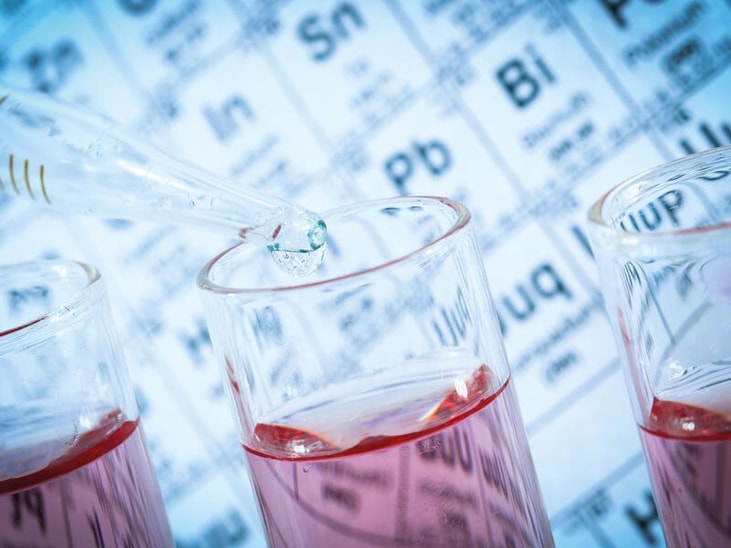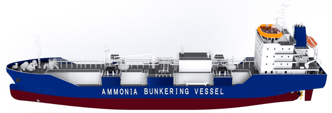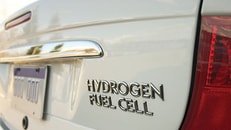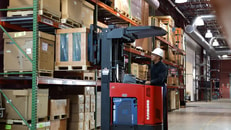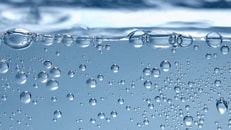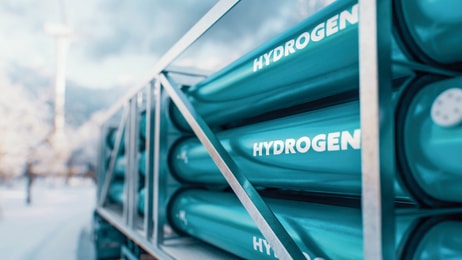Research finds new catalysts for H2 production
The University of California Santa Cruz (UC) has developed a nanostructured composite material which has performed well as a catalyst for the electrochemical splitting of water to produce hydrogen (H2).
Researchers led by Shaowei Chen, Professor of Chemistry and Biochemistry at UC, have been investigating the use of carbon-based nanostructured materials as a catalyst for the reaction that generates H2 from water. In one recent study, they obtained good results by incorporating ruthenium ions into a sheet-like nanostructure composed of carbon nitride. Performance was further improved by combining the ruthenium-doped carbon nitride with graphene, a sheet-like form of carbon, to form a layered composite.
“The bonding chemistry of ruthenium with nitrogen in these nanostructured materials plays a key role in the high catalytic performance,” Chen said. “We also showed that the stability of the catalyst is very good.”
Currently, H2 production still depends heavily on fossil fuels. Finding a low-cost, efficient way to extract H2 from water through electrolysis would be a major breakthrough. To date, the most efficient catalysts for the electrochemical reaction that generates H2 from water are based on platinum, which is scarce and expensive. Carbon-based materials have shown promise, but their performance has not come close to that of platinum-based catalysts.
... to continue reading you must be subscribed

